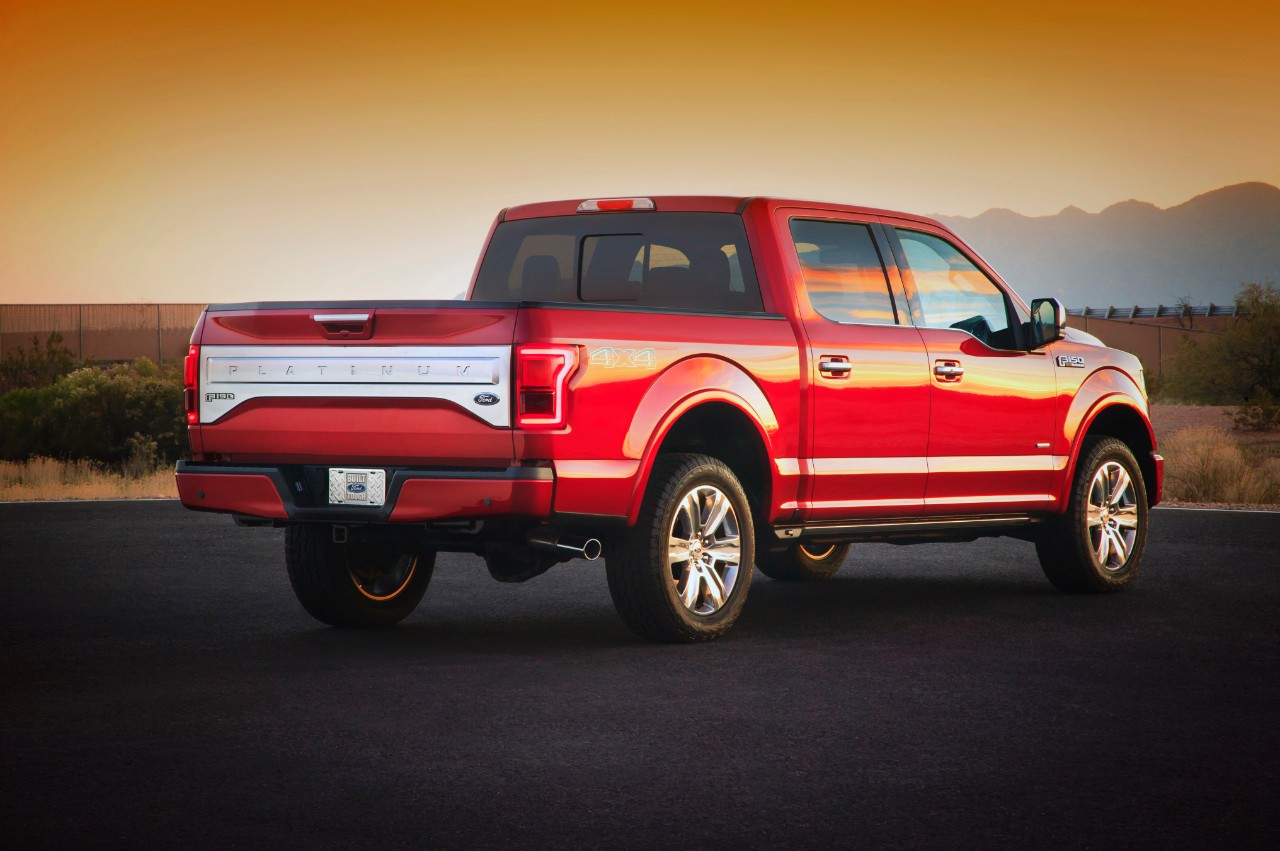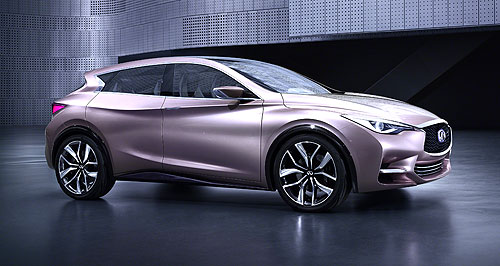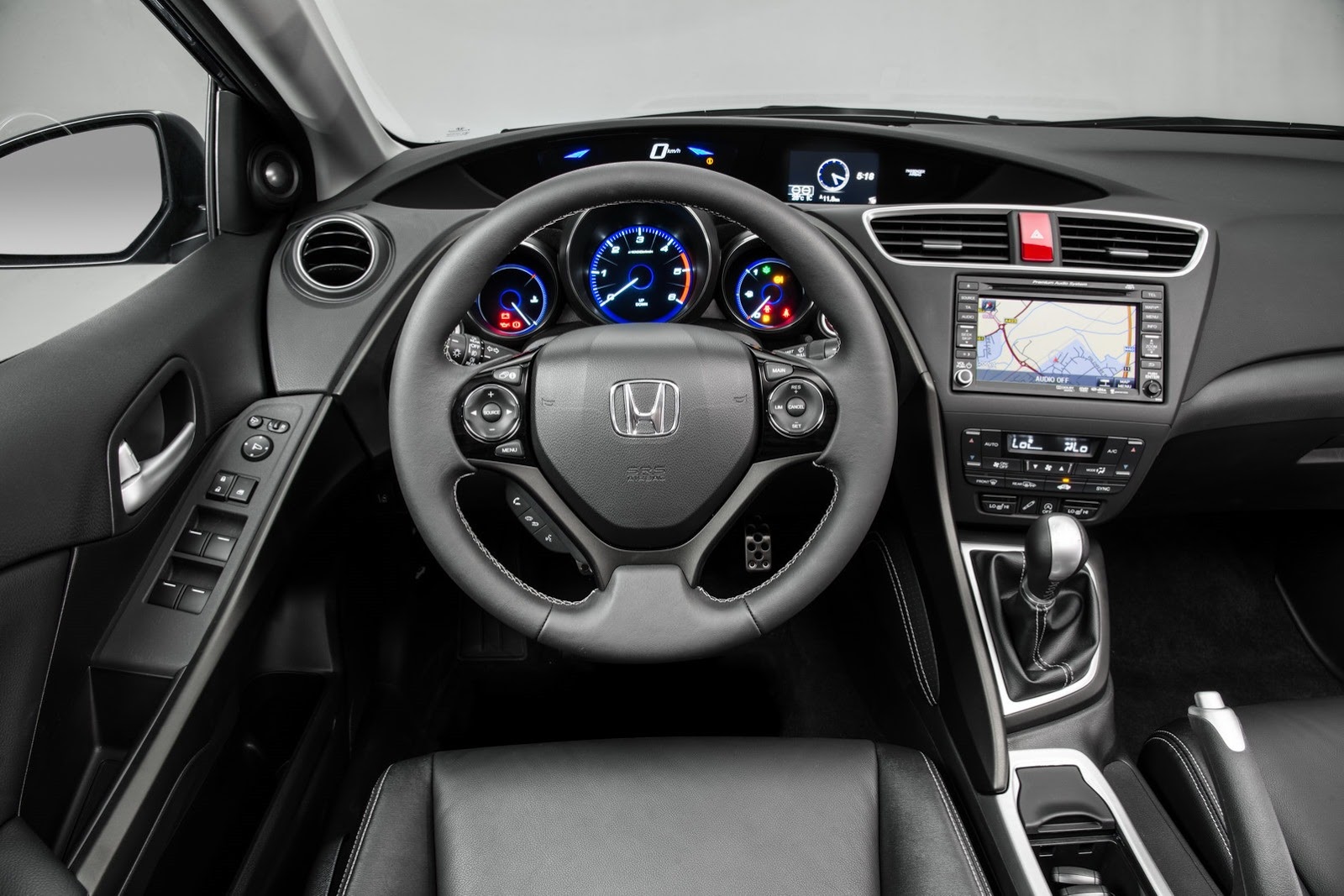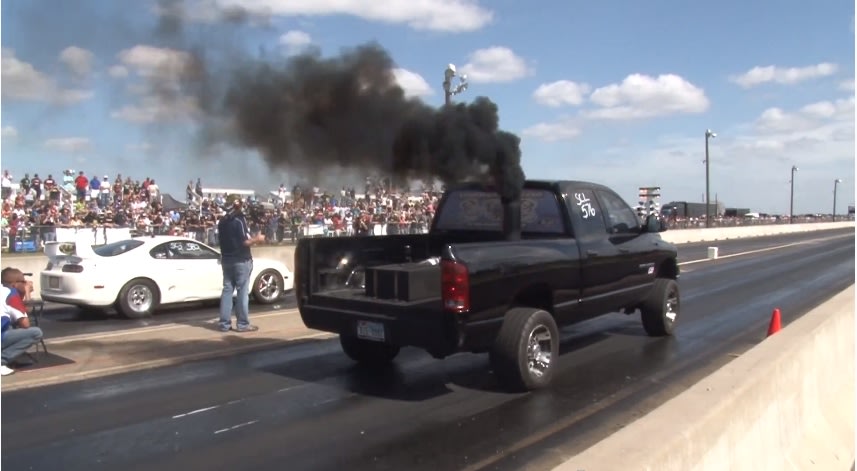
picture from auto123.com
A ZERO crash test rating on cars built for the Indian market from Global NCAP.
Collision tests were performed by Global NCAP on certain Indian car models. There was a high risk of life threatening injuries in collisions at a speed of 64 km/h.
"Poor structural integrity and the absence of airbags are putting the lives of Indian consumers at risk. They have a right to know how safe their vehicles are and to expect the same basic levels of safety as standard as customers in other part of the world."
Models tested:
Suzuki Maruti Alto800
Ford Figo
Volkswagen Polo
Hyundai i10
Tata Nano
No standard airbags were fitted on these test vehicles and their body structures were inadequate and collapsed.
After these test results were made public VW decided to withdraw the non airbag version of the Polo from sale in India. The new airbag equipped model of the VW Polo later was retested and received a four-star rating for adult occupant protection. Below there is a link to watch the full video of the crash tests conducted by Global NCAP. At the end of the video you will see this message "Weak structure of the Tata Nano in crash shows some airbags cannot make some cars safer"
For those of you around the world who read my blog and have ties to India please forward this article to them, the Indian people must be an aware of this severe safety issue!
Our choices as consumers are made better by the knowledge that we accumulate in our lives.
Here in North America as well as Europe we have certain safety standards as far as occupant safety is concerned.
Here are the links for North American vehicle collision test results;
http://www.iihs.org/
http://www.safercar.gov/
and here is the link for European vehicle collision test results;
http://www.euroncap.com/home.aspx
If you would like read the entire article and see the shocking test video please click on the auto123.com link here:
http://www.auto123.com/en/news/several-cars-in-india-boast-zero-star-crash-rating?artid=164099

















![2014-Honda-Civic-Tourer-14[2]](http://www.tflcar.com/wp-content/uploads/2013/08/2014-Honda-Civic-Tourer-142-e1376289119618.jpg)


